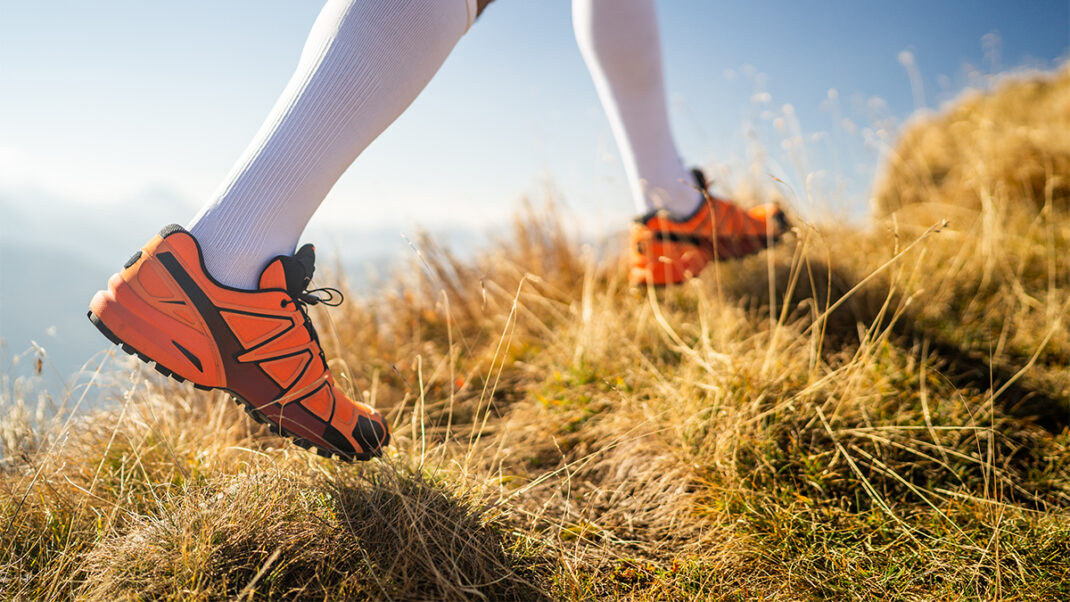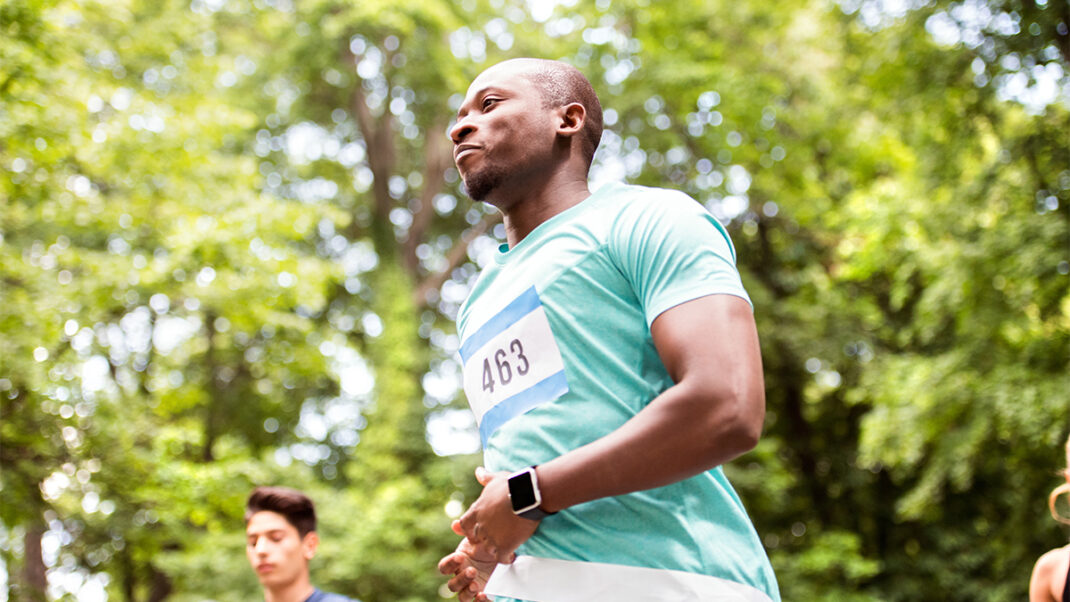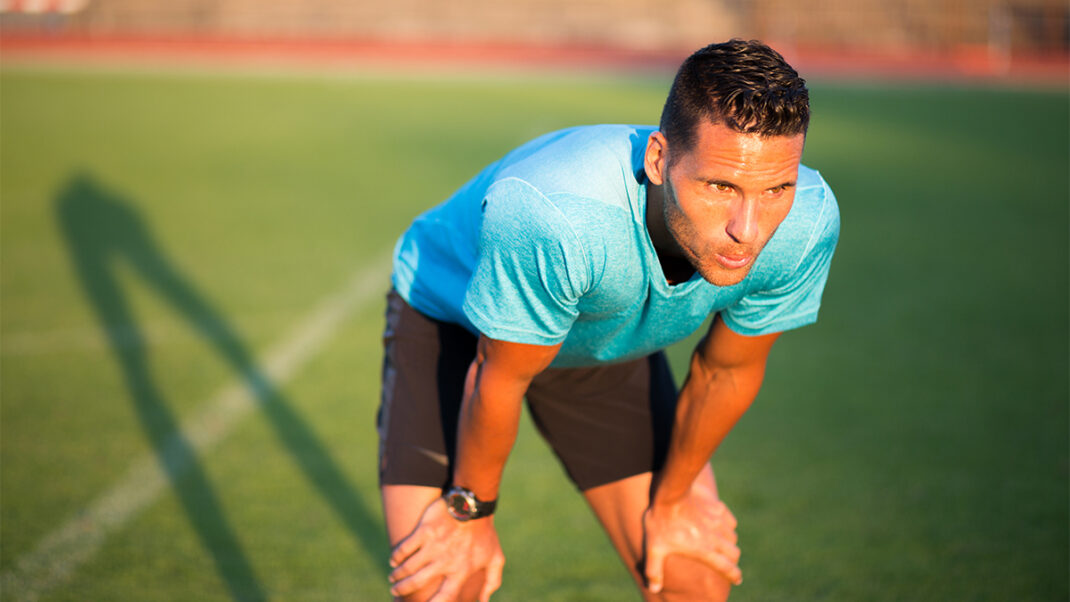Core Training With Resisted Rotation

There are many unique and creative ways to help participants strengthen their core. This mini routine improves sports performance and enhances bone mineral density in the cervical spine. In sports-themed classes, instructors often teach exercises in unstable body positions. But you can, of course, teach core moves from an unstable posture, too (Willardson 2007).
This class trains the core for proximal-to-distal force generation with simple equipment that most fitness facility group fitness studios already have: rubber resistance tubing and bands (Kibler, Press & Sciascia 2006).
Hip/Core Rotation: Lunge Position
This movement starts with hip rotation and then continues with resisted core rotation. The concentric phase is quick (1 second), followed by a slower eccentric phase (3 seconds).
- Begin with left leg forward, right leg back; strong athletic posture.
- Anchor resistance or ask partner to hold it.
- Maintain strong grip, arms extended (shorten lever if needed)
- Rotate quickly and powerfully from hips.
- Follow with powerful core rotation.
- Move arms from far L to far R, 10-15 reps.
- Switch sides and repeat.
Cross-Body Pull-Up
Once again, hip rotation starts the movement; however, in this move the knee extends as the arms pull the band or tubing up. The concentric phase is quick (1 second), followed by a slower eccentric phase (3 seconds).
- Anchor resistance with R foot, and grip firmly with both hands.
- Keep knees bent.
- Start movement as R knee extends and hips rotate.
- Rotate core as arms pull resistance up and across body from R knee to above L shoulder; 10-15 reps.
Bird-Dog With Resistance
This move includes strong shoulder abduction and scapular adduction, which enhance BMD and neutral loading of the spine.
- Start on all fours. Extend L hip, knee straight, toe pointed.
- Anchor resistance with L hand.
- Hold tubing or band with strong grip in R hand (R arm horizontally abducted).
- Raise L leg and R arm simultaneously.
- Lower toes and hand back to ground.
- Take 2 counts up, 2 counts down; 10 reps each side.
References
Kibler, W., Press, J., & Sciascia, A. 2006. The role of core stability in athletic function.
Sports Medicine, 36 (3), 189-98.
Willardson, J. 2007. Core stability training: Applications to sports conditioning programs.
Journal of Strength and Conditioning Research, 7 21 (3), 979-85.






